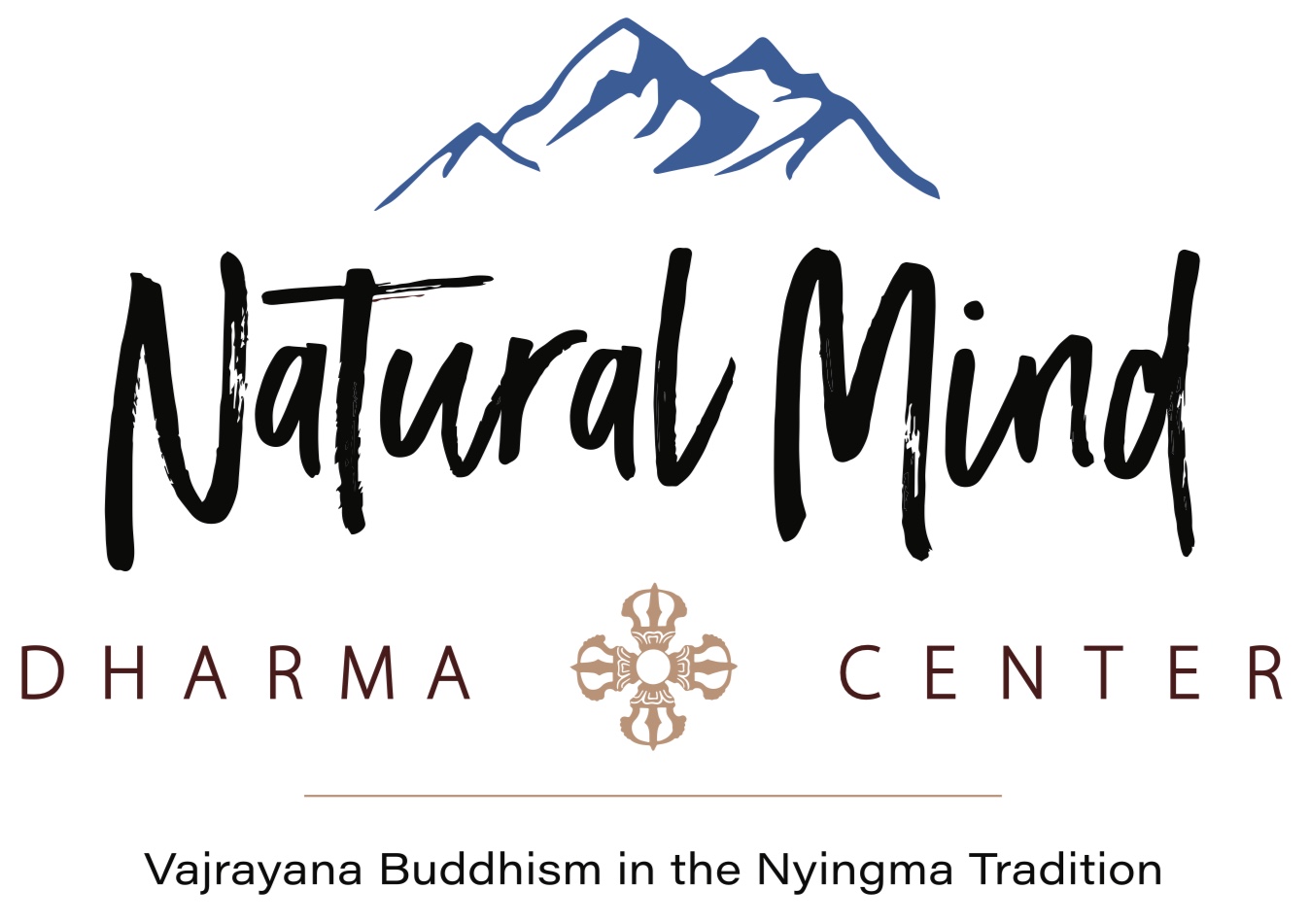Wounds and Scars
Nobody escapes being wounded. We all are wounded people, whether physically, emotionally, mentally, or spiritually. The main question is not “How can we hide our wounds?” so we don’t have to be embarrassed, but “How can we put our woundedness in the service of others?” When our wounds cease to be a source of shame, and become a source of healing, we have become wounded healers. Henri Nouwen
When I was in graduate school (1976) I had the pleasure of experiencing the presence of Father Henri Nouwen, a well-known author and priest. He was discussing one of his recent works, The Wounded Healer. This book expresses his experience of recognizing the scars we carry as humans waking up to life.
I have often thought about him over the years as I experienced my own wounds. From a Buddhist perspective, and on an absolute level, there is no one to be wounded—no ego identity that fears pain. But on a relative level, we all experience challenges and have difficulty integrating the lessons of our woundedness. We all have scars that remind us. Some are visible but most are hidden in the recesses of our alaya consciousness, the storehouse of all our experiences.
In the Sanskrit language, a remnant of unliberated past experience is called a samskara (impression, impact, imprint). Samskara refers to the trace left behind in the deeper structure of the mind by every action, intent, or expectation. These karmic traces become subliminal habits awaiting future expression which often take the form of emotional reactions to events that surface the memory. We carry these scars until we liberate their foundation. Even though the scar remains, we no longer suffer the wound.
Rumi said, “The wound is the place the Light enters you.” When we realize this, we become wounded healers. We use our deeply human understanding of suffering to link with all those who suffer. Our light-infused wounds become beacons to show others the way of healing and liberation.
